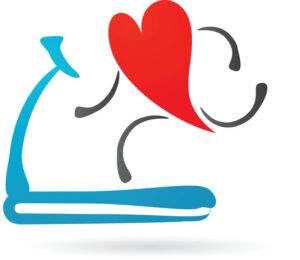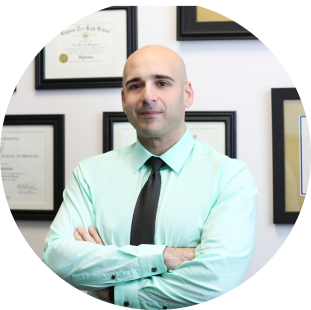One of the most pervasive public health messages in the past 30 years has been to eat “less and exercise more.” Unfortunately, this message has been an overwhelming failure. We are often advised to exercise, however, if we are severely overweight this can be quite challenging. I typically advise patients to focus on fixing their diet first and forgo dedicated exercise for the first 6-8 weeks of any weight loss plan.

We encourage activities like walking, biking, and hiking as tolerated, but have found that if the diet isn’t in order and appetite isn’t controlled, sometimes weight loss attempts can be hijacked before they start. Exercise will increase appetite and energy needs, and if a patient doesn’t know how to advocate for their appetite with satiating food, they may end up eating foods that lead to overconsumption. For beginners, I usually recommend that once the diet is in order, simply walking can be enough. There is no need to kill yourself in a gym or with an aggressive regimen, in fact, I lost my first 80 pounds binge-watching Netflix on my iPad while leisurely walking on a treadmill. Later on, I leveraged this habit of exercise, the time I had dedicated, and increased the intensity when my body allowed.
BOTTOM LINE: fix the diet first! Then, start light exercise and create a healthy habit of regular exercise that can be increased as time goes on.
Once the diet is in order, patients often ask me what the best form of exercise is for weight loss and body recomposition (i.e., getting toned). The medical literature points to two modalities: high-intensity interval training (HIIT) and resistance training (RT). Pragmatically speaking, I believe the best exercise is the one you enjoy and can continue for a long time, whether it’s CrossFit, Orange Theory, Running, Karate, Ju-Jitsu, yoga, etc., but in terms of efficiency and adaptability, I recommend both HIIT and RT.
HIIT is basically the concept of taking typical cardio and adding in alternating periods of intense spurts. Say you really like to walk, when you walk, to do HIIT, every 2-3 minutes you would speed walk for an interval of 15-30 seconds. The same can be done on a rower, stepper, bicycle, elliptical or while running, you would alternate with periods of intermittent sprints. Instead of the typical 20-30 minutes at one speed, you can have several rounds of intervals. I like to do intervals of 15-30 seconds of maximal effort (all-out exertion) followed by 2-3 minutes of easier effort to simultaneously allow for muscle recovery and also cardiovascular training. I typically repeat this 30-2:30 interval for a total of 15-20 minutes. When just getting started with interval training, I highly recommend you start your high-intensity intervals at a 70% exertion for several weeks as your body adjusts to this higher intensity. As you get comfortable with the higher intensities, you can dial it up to a 90-100% effort for your high-intensity interval.
BOTTOM LINE: When you find your body can handle it, HIIT will really speed up the fat loss.
Resistance Training (RT) is the best way to “get toned” or build muscle. Remember that losing fat is largely a diet-mediated process. With regards to muscular hypertrophy or muscle building, the medical literature is clear: ensure your diet has enough protein and lift weights. Besides gaining muscle, lifting weights has positive effects on bone health, mood, and even longevity. Beginners can start on a machine circuit, bands, or some free weights at any local fitness center. We recommend checking out content from Jerry Teixeira, or Dr. Ben Bocchicchio. If you enjoy a team-training type of environment, you might want to consider a program like CrossFit. As I mentioned above, it is critical that the diet is in order first. One hour of exercise can be undone, calorically, in the one minute it takes to eat donuts. In patients using a conventional gym we typically recommend an active rest, where patients are using their rest periods with one particular muscle group to actively engage an antagonist muscle group. By utilizing this concept of an active rest, traditional weight lifting can become an exercise with more of a cardiovascular or metabolic conditioning component.
SUMMARY: If you want to lose weight, first focus on diet. If your diet and appetite are controlled and you feel ready, feel free to start exercise. Start slow and work up. Instead of cardio, do HIIT and add in RT for muscle, bone, and brain health. Remember, you don’t need to exercise for weight loss, we exercise for overall health and to feel good. It’s perfectly fine to lose weight through diet before starting an exercise plan, but the benefits of exercise are unique and synergistic to a sound diet.





